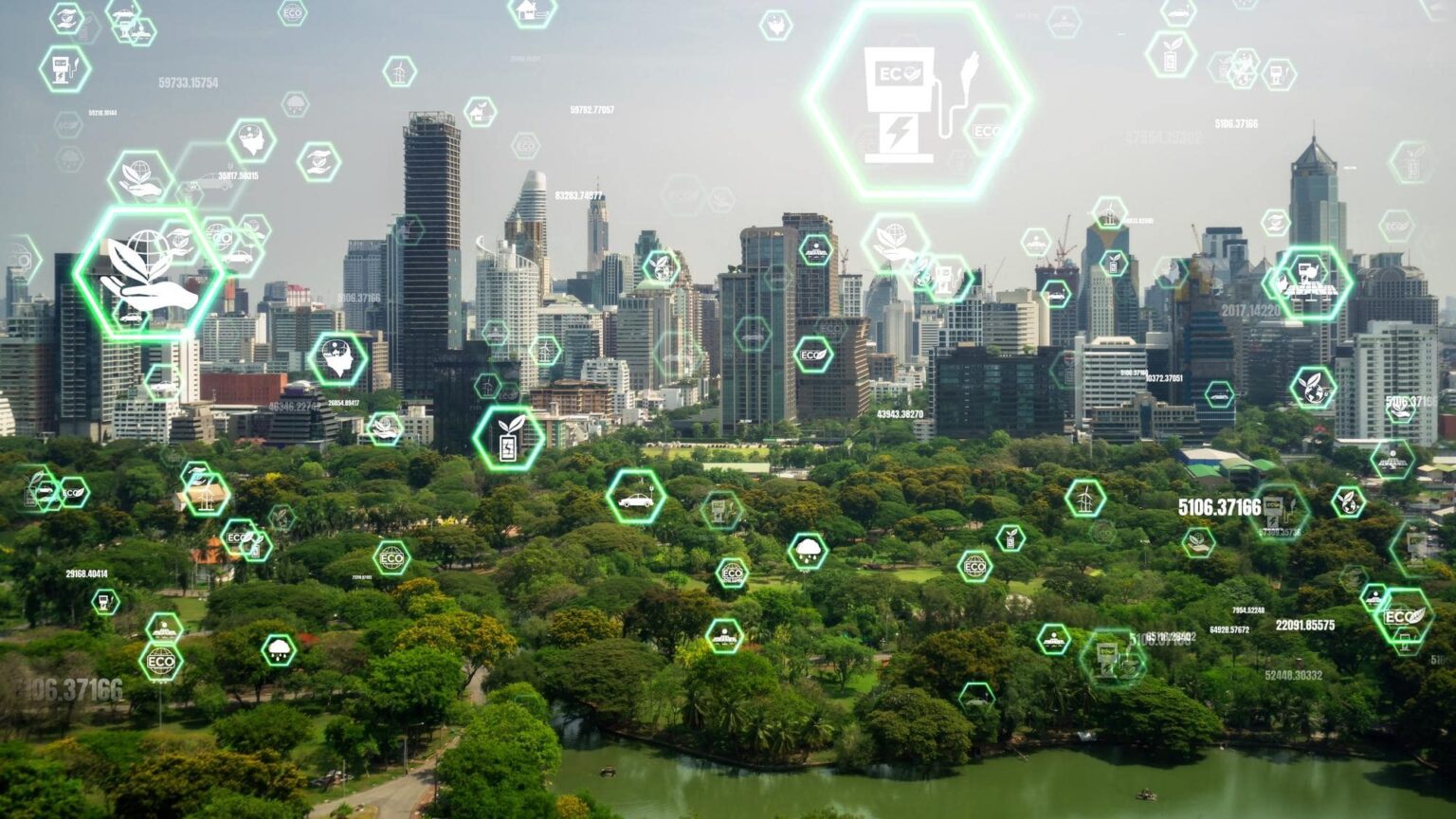Smart cities are urban environments that leverage the Internet of Things (IoT) and other technologies to enhance the quality of life, improve sustainability, and optimize the management of resources and services. By harnessing IoT for sustainable urban development, smart cities strive to create more efficient, connected, and livable spaces. Here are some key areas where IoT is applied in smart cities:
Smart Infrastructure: IoT enables the monitoring and management of critical infrastructure such as transportation systems, energy grids, and water networks. Sensors and connected devices collect data on usage, performance, and maintenance needs, allowing for proactive maintenance, efficient resource allocation, and improved reliability.
Intelligent Transportation: IoT facilitates smart transportation systems that optimize traffic flow, reduce congestion, and enhance public transportation services. Connected vehicles, traffic sensors, and real-time data analysis enable dynamic traffic management, intelligent routing, and efficient parking solutions. This improves transportation efficiency, reduces emissions, and enhances overall mobility.
Energy Management: IoT supports energy-efficient solutions in smart cities. Smart meters, IoT-enabled sensors, and automated controls monitor energy consumption, optimize energy usage, and enable demand response mechanisms. This leads to more sustainable energy consumption patterns, cost savings, and reduced environmental impact.
Environmental Monitoring: IoT sensors and devices can monitor various environmental parameters such as air quality, noise levels, and waste management. Real-time data collection and analysis enable proactive measures to address pollution, optimize waste collection routes, and improve overall environmental conditions.
Smart Buildings: IoT technologies are employed in buildings to enhance energy efficiency, occupant comfort, and operational efficiency. Connected devices, sensors, and automation systems monitor and control lighting, heating, ventilation, and air conditioning (HVAC), optimizing energy usage based on occupancy and environmental conditions.
Public Safety and Security: IoT contributes to safer cities through connected surveillance systems, emergency response management, and predictive analytics. Sensors, cameras, and IoT-enabled devices monitor public spaces, detect anomalies, and facilitate quick response to emergencies. Data analysis helps identify patterns and proactively address security threats.
Citizen Engagement and Services: IoT enables citizen-centric services and engagement platforms in smart cities. Mobile apps, connected devices, and digital platforms provide access to information, services, and real-time updates for residents. Citizen feedback and participation are facilitated through IoT-enabled communication channels, enhancing community involvement and governance.
Waste Management: IoT-based waste management solutions optimize waste collection and disposal processes. Smart bins equipped with sensors detect fill levels, enabling efficient collection routes and reducing unnecessary pickups. Waste sorting and recycling programs can also be supported by IoT technologies to improve sustainability.
By harnessing IoT for sustainable urban development, smart cities aim to enhance the quality of life for residents, promote environmental stewardship, and improve the efficiency of urban services and infrastructure. The integration of IoT technologies enables cities to become more connected, data-driven, and responsive to the needs of their residents, leading to a more sustainable and livable urban future.



